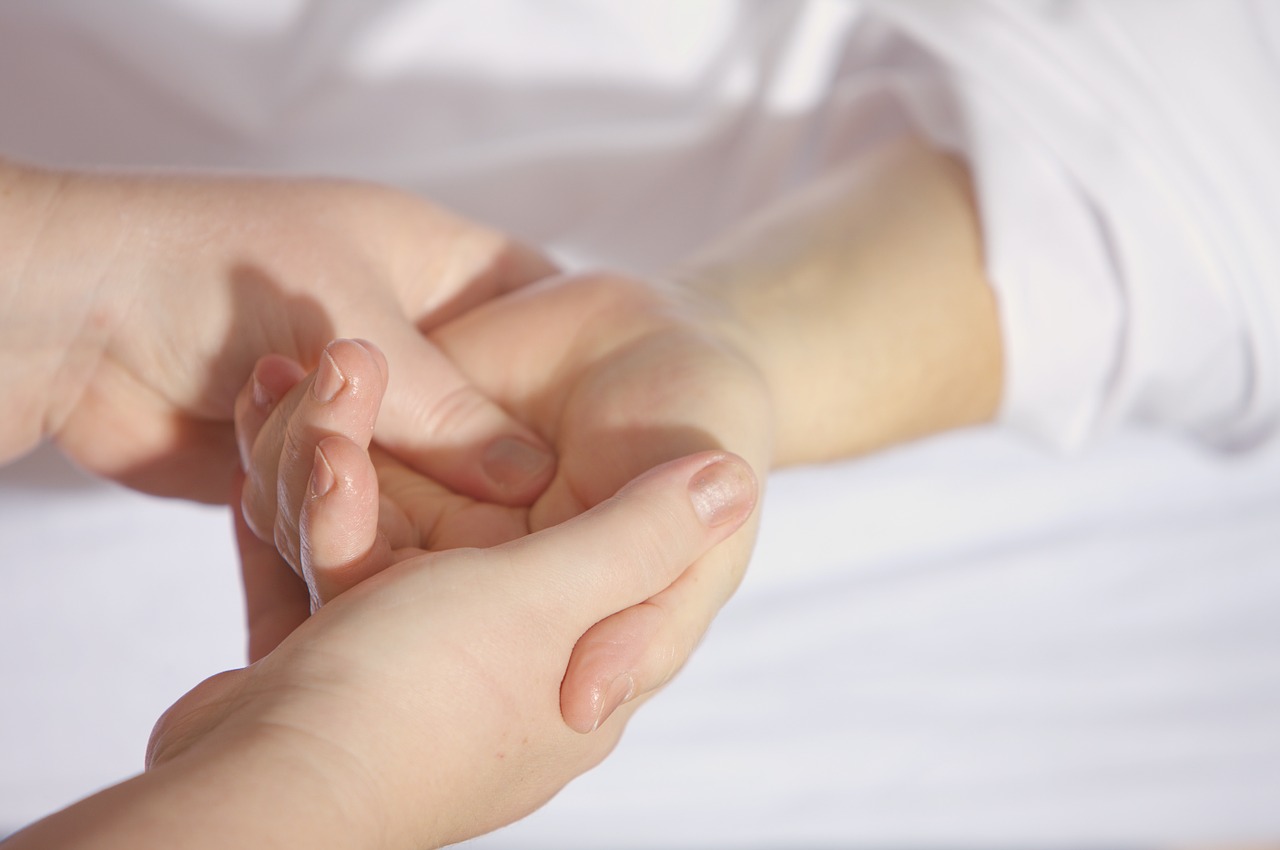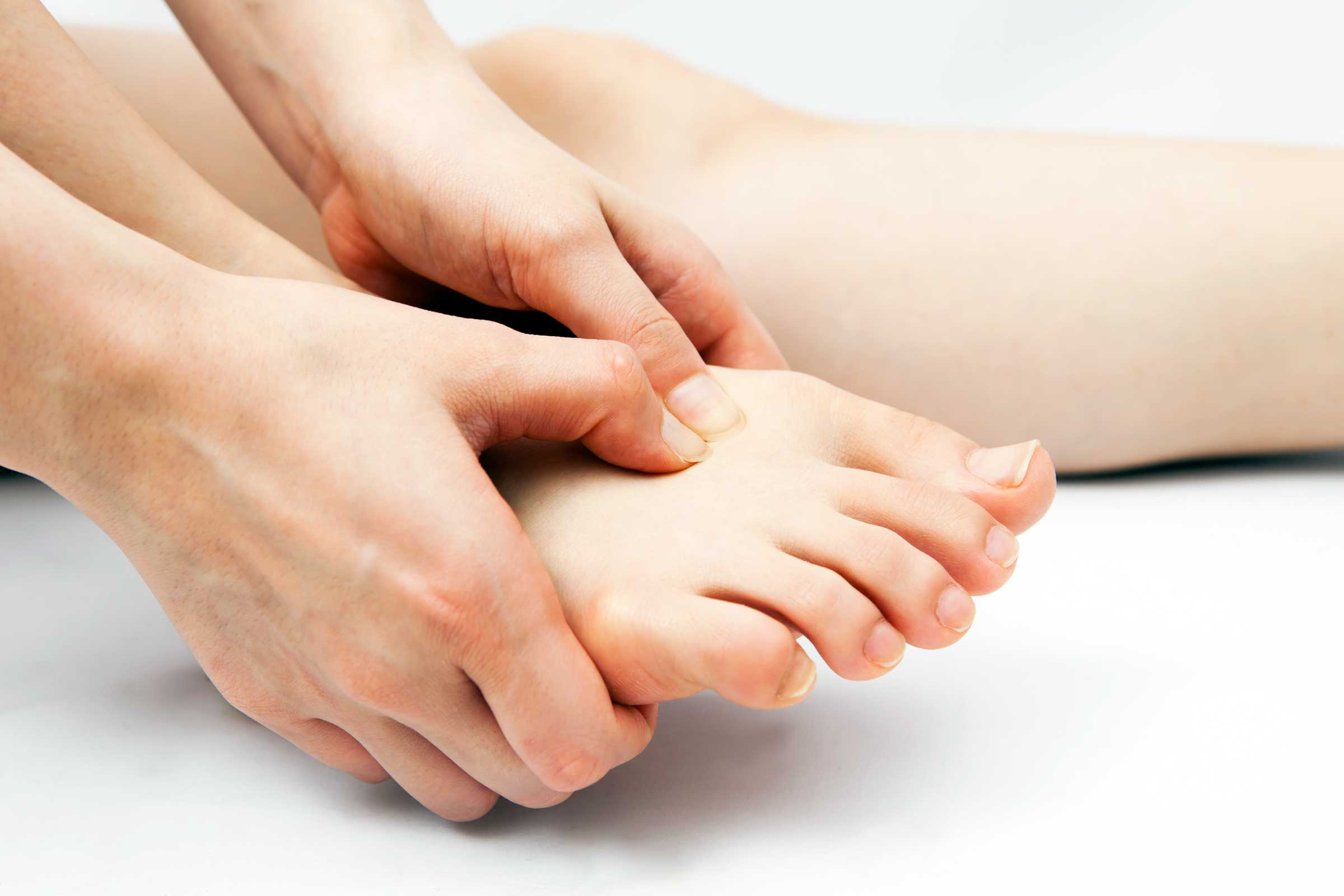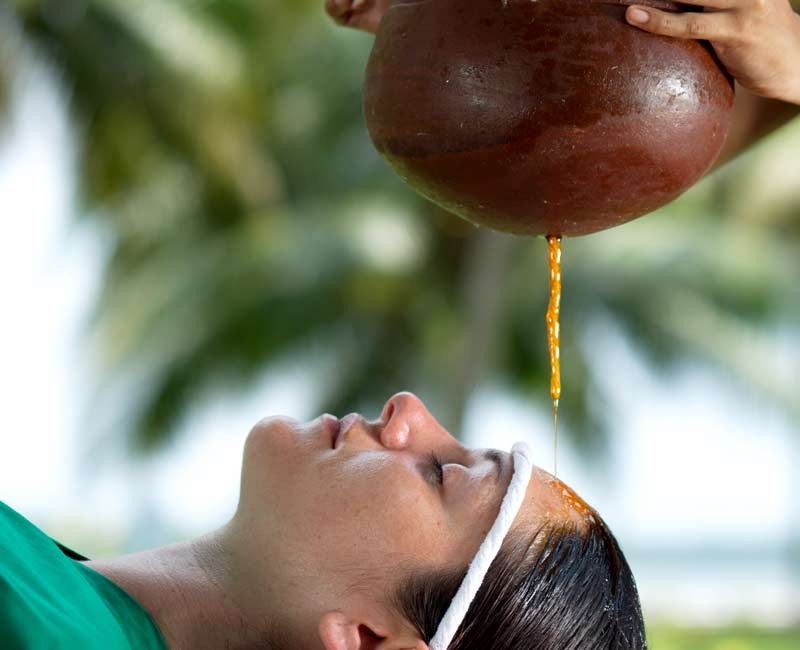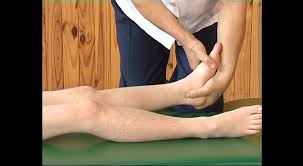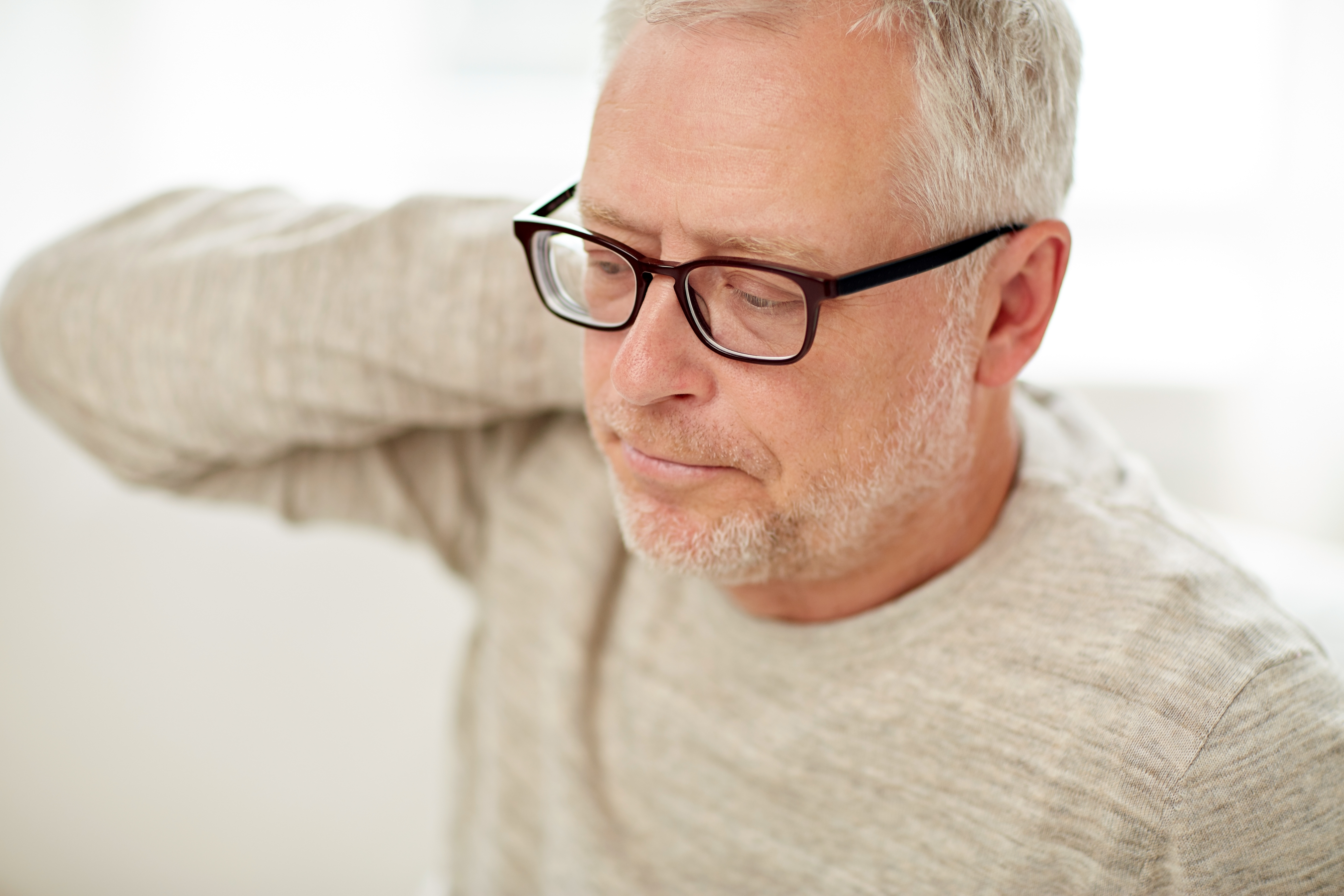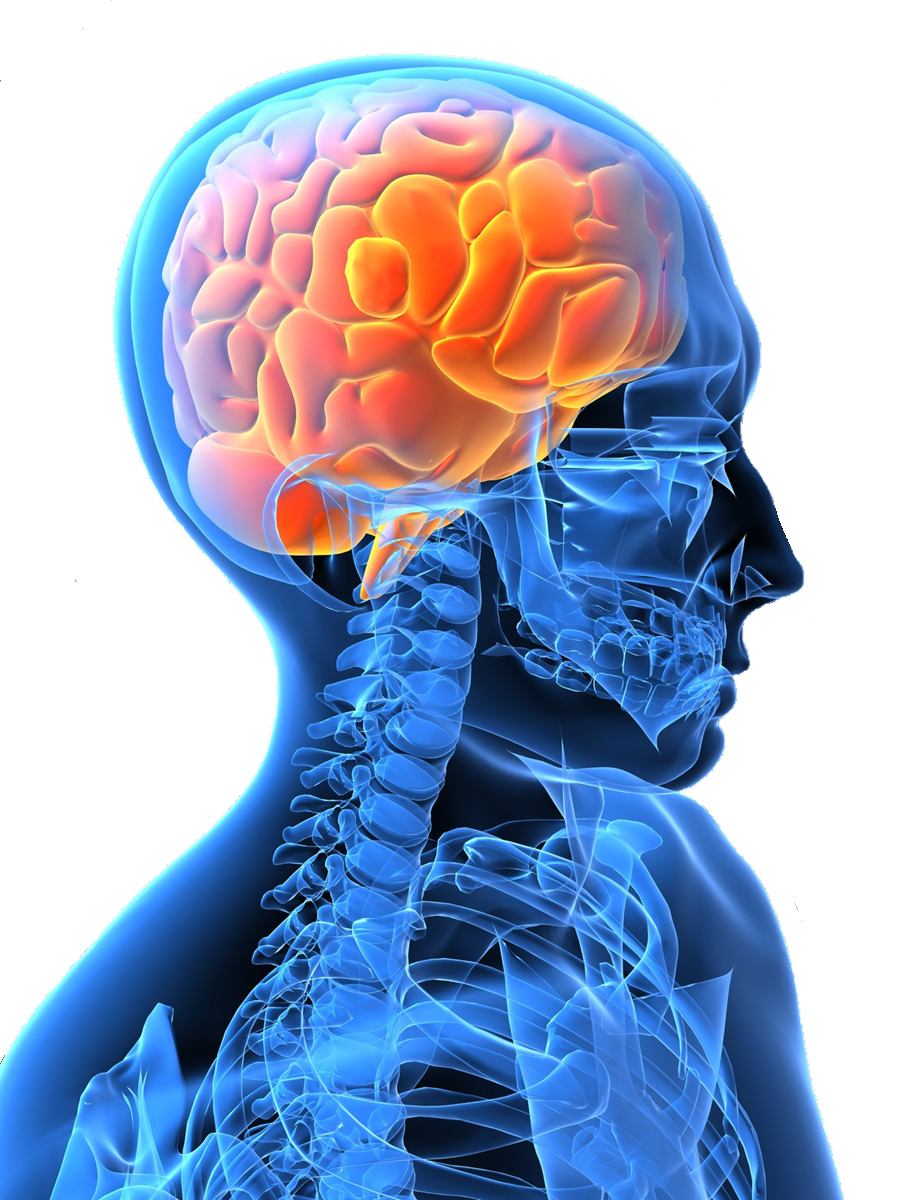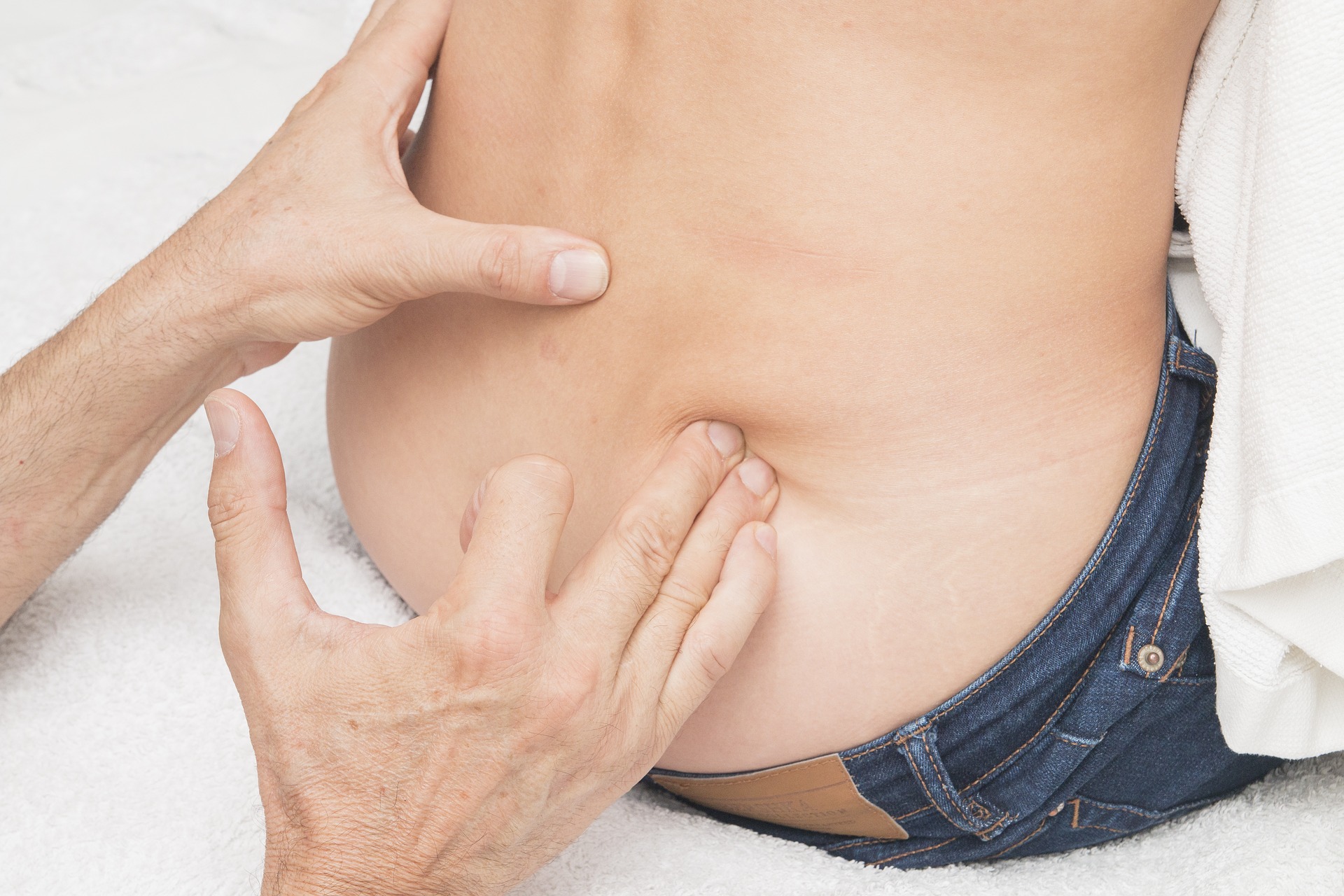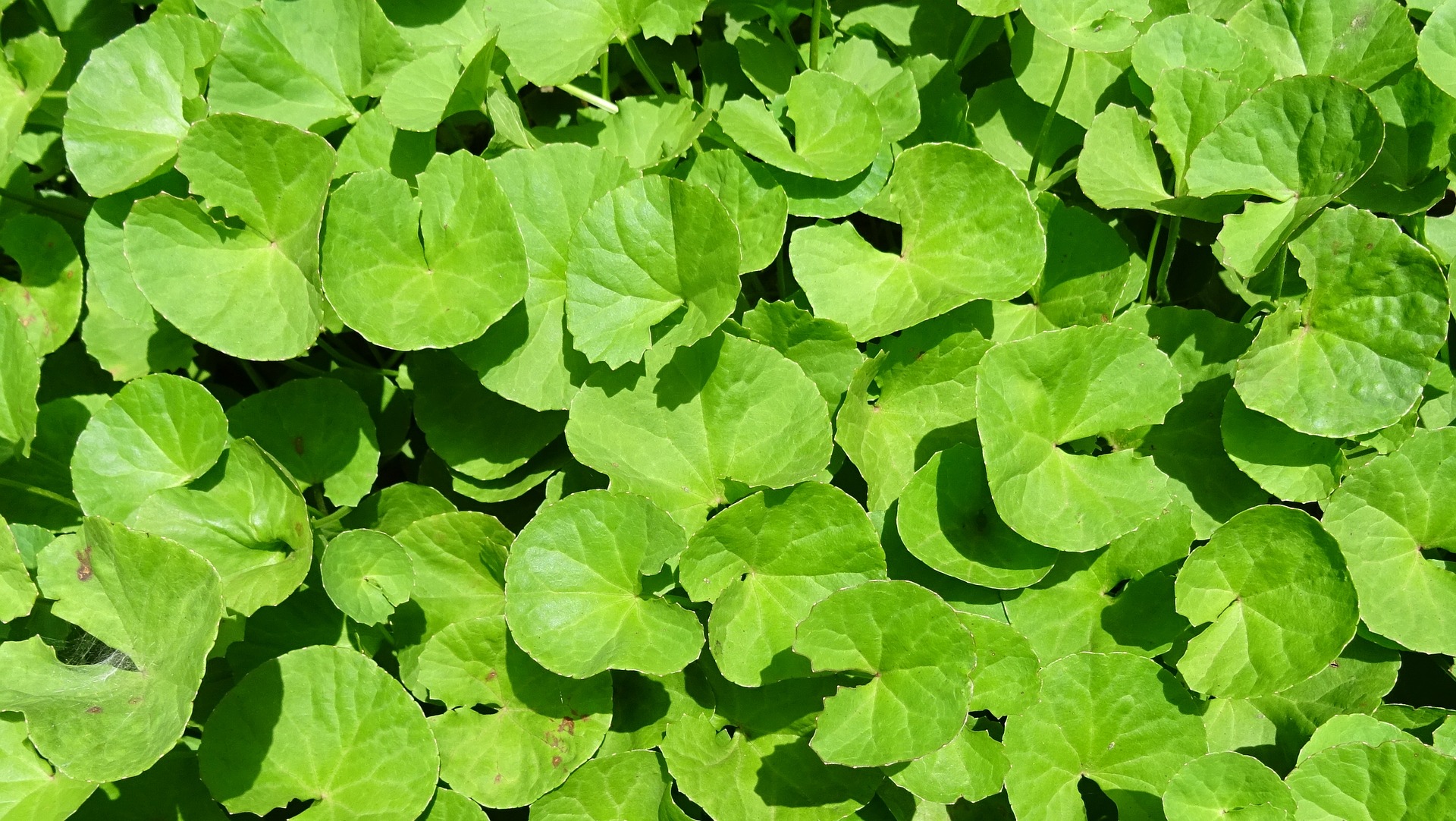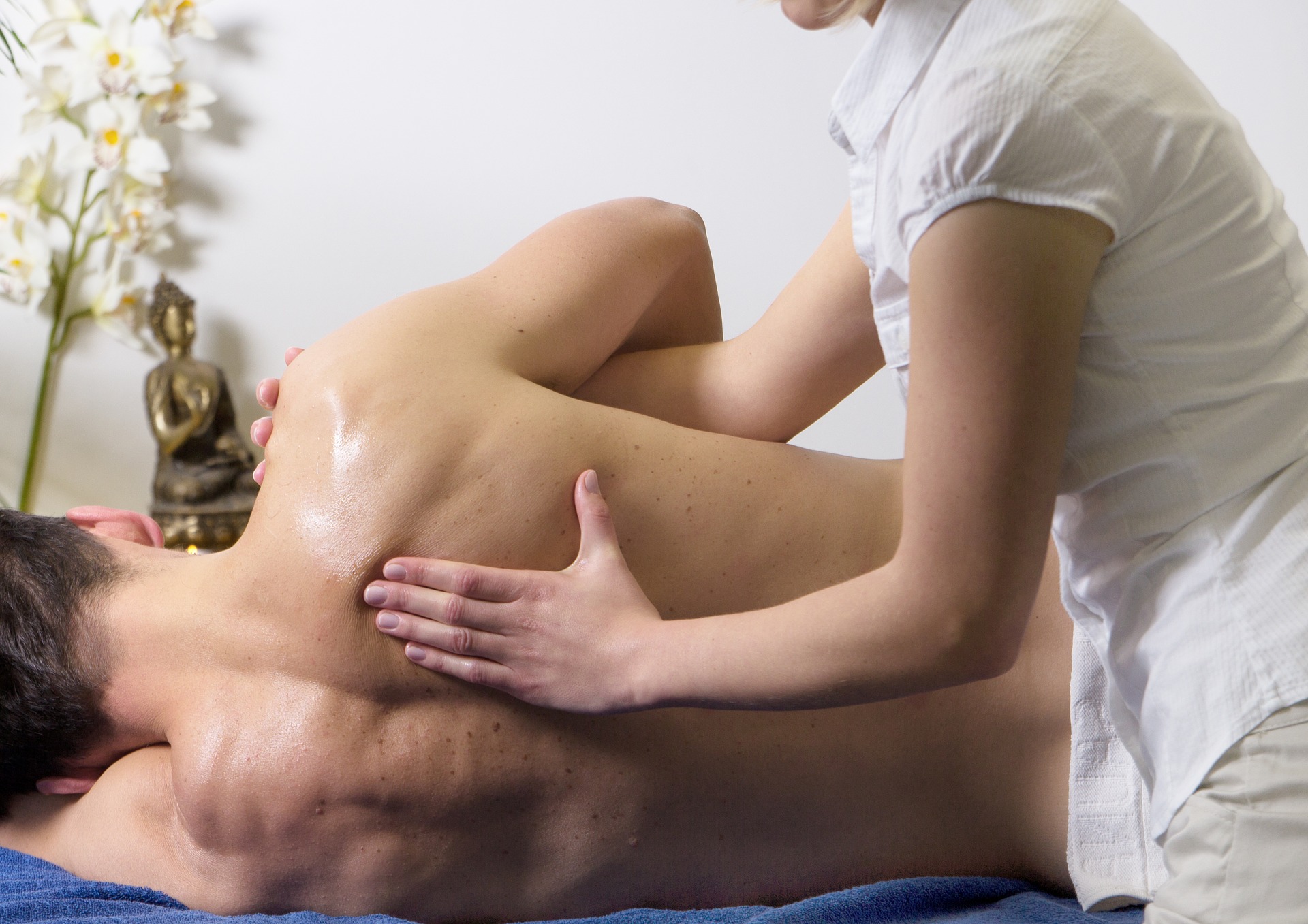One of the most common conditions I get to see in the recent times in my Ayurveda is severe wrist pain. Many of these patients are those who often work on the computer for prolonged periods or perform activities such as massages that require a lot of wrist movement. Their common symptoms include a sense of numbness that sometimes disappears when they shake, rotate, or move their wrist region. A common instance of pain is after long stretch of work, for example, on the computer. Do all these symptoms sound familiar? Yes? Then you are suffering from a common lifestyle disorder called carpal tunnel syndrome. What’s this syndrome all about? What is the Ayurveda treatment for carpal tunnel syndrome? Let’s find out.
What is carpal tunnel syndrome?
Carpal tunnel is the passage connecting the wrist to the forearm. A critical nerve called the median nerve passes through this region. Extended periods of activities such as typing, playing the piano, or carrying heavy weight can compress this nerve, leading to inflammation, pain, and numbness of the muscles in the wrist region. These symptoms when grouped together form the carpal tunnel syndrome. Women experience this syndrome more than men do. This condition is definitely related to our routine practices and is easily preventable.
Overuse of and excessive stress on the wrist easily exacerbates the condition. People whose professions involve excessive use of the wrists should be careful, for example, IT professionals, masseuses, drivers, people who work extensively on computers, writing, tailoring, playing the piano or other musical instruments that predominantly involve the wrist, and sportspersons whose games involve using the wrists.
Certain pre-existing medical conditions also increase the propensity for carpal tunnel syndrome. A few example conditions include arthritis and other conditions that affect the muscles and bones, diabetes, wrist fracture, menopausal stage in women, and autoimmune diseases such as rheumatoid arthritis.
Progression of the condition
Common symptoms such as a hint of discomfort after prolonged use of the wrists slowly progresses to pain not only in the wrists but also in the forearms. The pain continues even during sleep and expands to numbness and a burning sensation. If left unattended, over the course of time, this can affect the nerves too. A general sense of weakness prevails around the wrist region and there is difficulty in coordinating the fingers for coherent movement. This results in the patient often dropping items.
Ayurveda treatment for carpal tunnel syndrome
The earlier the treatment starts, the better the results are. The main focus of treatment at the initial stage is to clear the inflammation and relax the muscles in the wrist region. This requires some exercises and physical procedures including oil massages.
A complete lifestyle change is definitely recommended, incorporating yoga and diet restrictions in the patient’s routine.
This complete approach, aided by intake of herbal medications, will definitely rehabilitate patients. These corrective actions will encourage them to correct the lifestyle pattern that is causing the condition.
Other treatments include swedana, lepam, pizhichil, kizhi, and nasya. A condition-specific physical therapy routine and strict adherence to diet will completely cure this condition. Most of the treatment procedures aim at reclaiming the blood circulation around the affected regions and rejenuvating the median nerve.
A scheduled lifestyle, minimal stress, smart habits that minimize the strain on the wrist, and immediate correction of even the mildest of symptoms are smart approaches to nip the pain right at the bud stage.
Contact me at The Madras Institute of Ayurveda for any questions you have about this condition and for a detailed consultation and treatment to help you overcome carpal tunnel syndrome. You can connect with me at http://www.miayurveda.org/ or call me at +91-9444615161.

